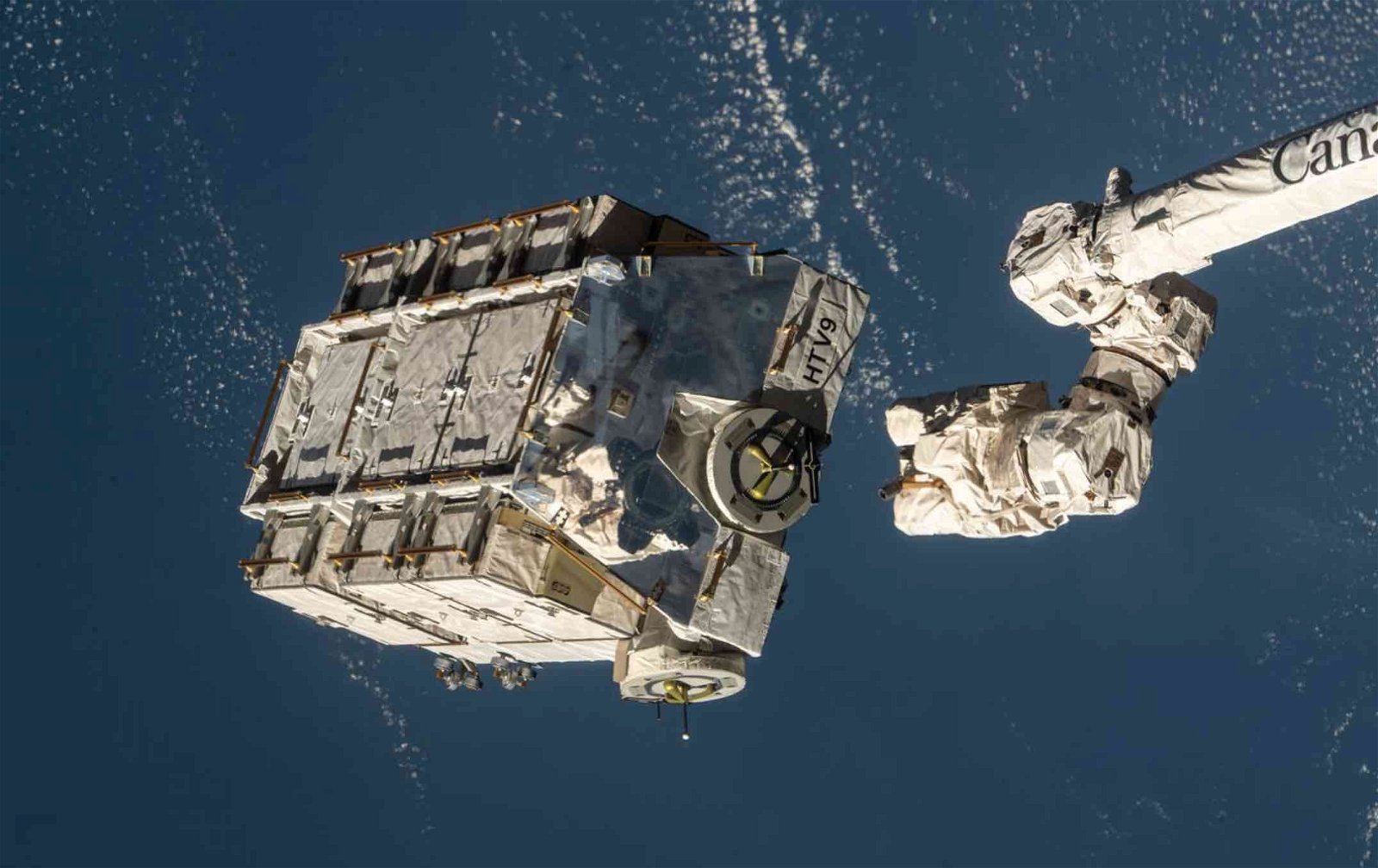A recent NASA analysis of an object that fell from space and struck a home in Naples, Florida last month has confirmed that it was a piece of hardware released from the International Space Station.
The object was discovered after it crashed through the roof of a home belonging to Alejandro Otero shortly after 2:30 p.m. on March 8, causing significant damage to the residence and landing only two rooms away from Otero’s son, who was home at the time of the incident.
The cylindrical object was retrieved by Otero, who provided it to NASA officials for analysis.
Josh Finch, a spokesperson with Space Operations Mission Directorate, told The Debrief last month that “NASA collected an item in cooperation with the homeowner, and will analyze the object at NASA’s Kennedy Space Center in Florida as soon as possible to determine its origin.”
On Monday, April 15, the results of NASA’s analysis were made available on the official International Space Station blog.
“In March 2021, NASA ground controllers used the International Space Station’s robotic arm to release a cargo pallet containing aging nickel hydride batteries from the space station following the delivery and installation of new lithium-ion batteries as part of power upgrades on the orbital outpost,” the posting read.
“The total mass of the hardware released from space station was about 5,800 pounds,” the statement read.


Although the hardware had been expected to be destroyed during reentry, NASA says the small piece that stuck Otero’s home somehow managed to survive.
“As part of the analysis, NASA completed an assessment of the object’s dimensions and features compared to the released hardware and performed a materials analysis,” the posting states.
“Based on the examination, the agency determined the debris to be a stanchion from the NASA flight support equipment used to mount the batteries on the cargo pallet,” the posting reads, stating that the object was constructed of Inconel, an alloy of nickel containing chromium and iron, and weighed approximately 1.6 pounds.
NASA says the International Space Station plans to conduct further investigation of the jettison and reentry analysis “to determine the cause of the debris survival and to update modeling and analysis, as needed.”
Although the American space agency currently relies on engineering models that allow it to predict how objects will increase in temperature and eventually disintegrate during reentry, they aren’t always 100% accurate.
“These models require detailed input parameters and are regularly updated when debris is found to have survived atmospheric re-entry to the ground,” the NASA posting on Monday stated.
“NASA remains committed to responsibly operating in low Earth orbit, and mitigating as much risk as possible to protect people on Earth when space hardware must be released,” the statement read.
Micah Hanks is the Editor-in-Chief and Co-Founder of The Debrief. He can be reached by email at micah@thedebrief.org. Follow his work at micahhanks.com and on X: @MicahHanks.

